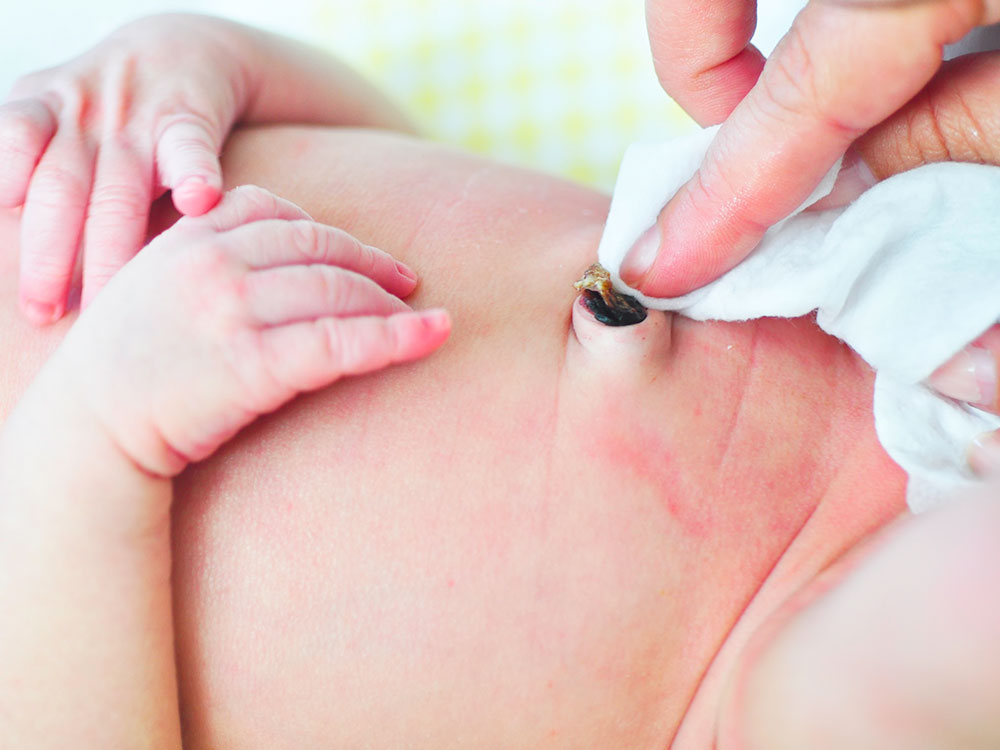
Baby Belly Button Care: A Comprehensive Guide for New Parents
The belly button, a small, unassuming feature on a baby’s abdomen, is a remnant of the umbilical cord that connected the baby to the mother during pregnancy. While it may seem like a minor detail, proper belly button care is crucial for ensuring the baby’s health and well-being. This comprehensive guide will provide new parents with everything they need to know about baby belly button care, from cleaning and drying to potential complications and when to seek medical attention.
Understanding the Baby’s Belly Button
The belly button is the site where the umbilical cord was attached to the baby’s abdomen. After birth, the umbilical cord is clamped and cut, leaving a small stump that gradually dries up and falls off within a few weeks. During this time, the belly button area is particularly vulnerable to infection.
Cleaning the Baby’s Belly Button
- Frequency: Clean the belly button daily until the umbilical cord stump falls off.
- Materials: Use a clean cotton ball or gauze pad moistened with warm water. Avoid using soap or alcohol, as these can irritate the delicate skin.
- Technique: Gently wipe the belly button area in a circular motion, starting from the center and moving outwards. Avoid rubbing or scrubbing, as this can cause irritation.
Drying the Baby’s Belly Button
- Importance: Keeping the belly button area dry is essential for preventing infection.
- Methods: After cleaning, gently pat the belly button dry with a clean towel or air-dry it by exposing it to the air for a few minutes.
- Avoidance: Do not cover the belly button with a diaper or clothing, as this can trap moisture and create a breeding ground for bacteria.
Potential Complications
While most belly buttons heal without any complications, there are a few potential issues that parents should be aware of:
- Infection (Omphalitis): This is a bacterial infection of the belly button that can cause redness, swelling, drainage, and a foul odor. It requires prompt medical attention.
- Granulation Tissue: This is a type of tissue that can form on the belly button after the umbilical cord stump falls off. It is usually harmless and will resolve on its own.
- Umbilical Hernia: This is a condition where a portion of the intestine protrudes through the belly button. It is usually not serious and will often resolve on its own.
When to Seek Medical Attention
Parents should seek medical attention if they notice any of the following signs or symptoms:
- Redness, swelling, or drainage from the belly button
- A foul odor coming from the belly button
- Fever or irritability in the baby
- The umbilical cord stump is not falling off within 3 weeks
- The belly button appears to be protruding or bulging
Additional Tips for Baby Belly Button Care
- Avoid using baby powder: Baby powder can irritate the belly button area and increase the risk of infection.
- Keep the baby’s diaper below the belly button: This will help prevent the diaper from rubbing against the belly button and causing irritation.
- Use a warm bath: A warm bath can help soothe any discomfort or irritation in the belly button area.
- Massage the belly button: Gently massaging the belly button area can help promote healing and prevent scarring.
Conclusion
Proper belly button care is an essential part of ensuring a baby’s health and well-being. By following the guidelines outlined in this guide, parents can help their baby’s belly button heal quickly and without complications. Remember, if you have any concerns or notice any unusual signs or symptoms, do not hesitate to seek medical attention.
